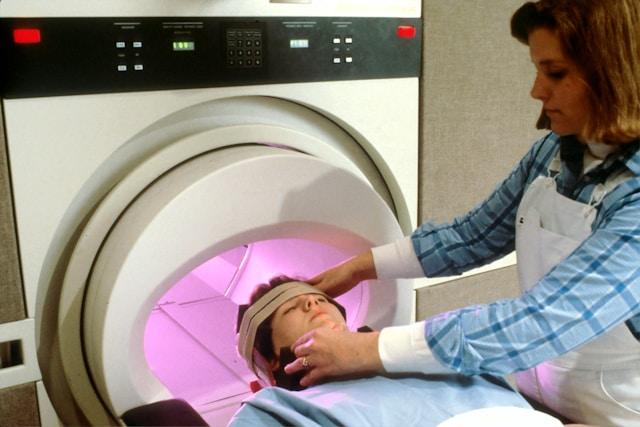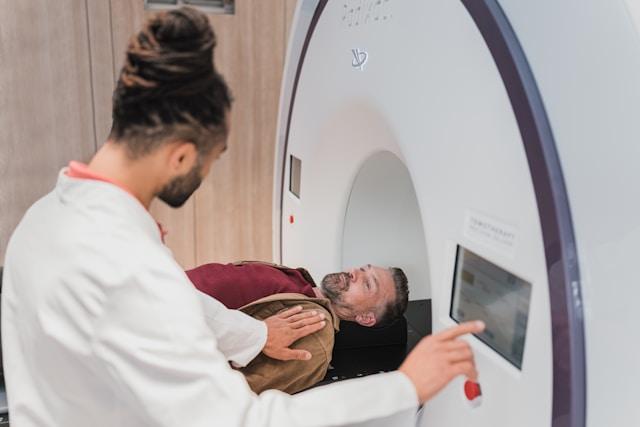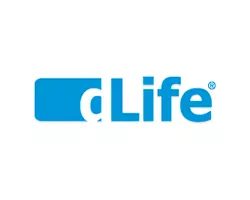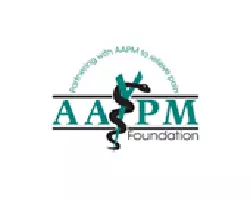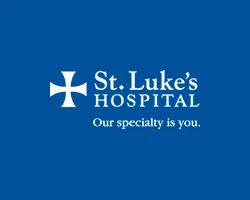While many people know about the benefits of peripheral nerve decompression surgery for Carpal Tunnel, Cubital Tunnel, Tarsal Tunnel, Radial Tunnel, Foot Drop/Common Peroneal Nerve, Meralgia Paresthetica/Lateral Femoral Nerve, Winged Scapula/ Long Thoracic Nerve, and Proximal Median Nerve Compression, some don’t know the causes of the conditions that warrant them. Learning this can help pinpoint where decompression can help.
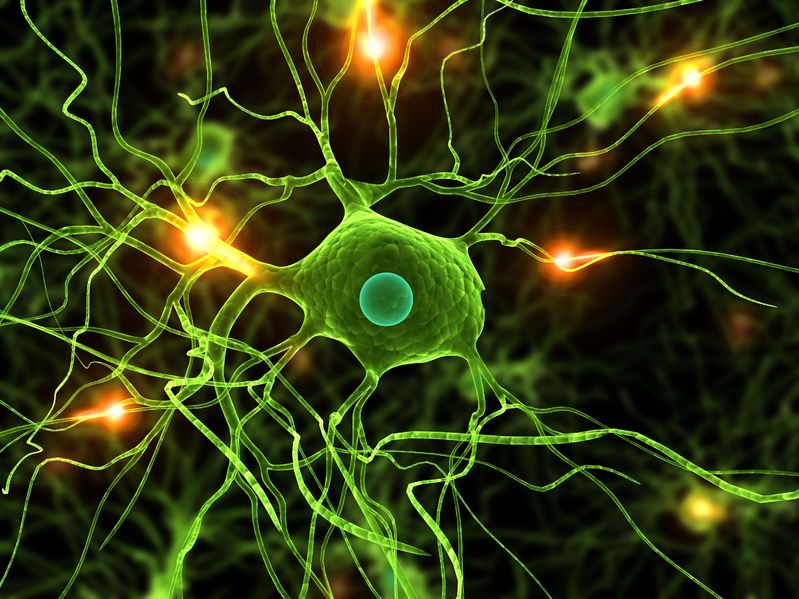 Nerve Compression can come from a variety of places. There are many ailments, including diabetes, trauma to the area, abnormal anatomy (the nerves/joints are in an unusual configuration). Knowing that these ailments can cause compression in nerves can help your physician determine what is causing your issues, and lead to steps to remedy them.
Nerve Compression can come from a variety of places. There are many ailments, including diabetes, trauma to the area, abnormal anatomy (the nerves/joints are in an unusual configuration). Knowing that these ailments can cause compression in nerves can help your physician determine what is causing your issues, and lead to steps to remedy them.
For example, we know that diabetes causes significant changes to the nerve architecture including swelling and stiffness. A good analogy might be a situation much like placing a balloon in a napkin ring and blowing up the balloon. The napkin ring does not expand but crimps or “compresses” the balloon (the nerve). In cases of trauma, the tissue in the area of the nerve as it passes through the tunnel can be damaged. The result is swelling and inflammation that eventually goes away but leaves behind tightened fibrotic tissue that essentially contracts the tunnel and its surrounding tissue.
There are common, vulnerable anatomic points that are evaluated to see if there are focal nerve compressions at these sites. The most common type or most well known nerve compression syndrome is carpal tunnel syndrome. Amazingly, there are approximately 44 sites (22 on each side) of nerve compression throughout the body.
When performing nerve decompression, the surgeon is releasing the surrounding tissue from the nerve without damaging the nerve. Scar tissue and/or perinueral fibrosis are removed and the nerve is completely mobilized resulting in relief of pressure on the nerve, thus ]. Also, reestablishment of blood flow occurs to that segment of the nerve and a smooth gliding surface for the nerve is provided.
To learn more about how your nerve compression can be treated, visit www.neuropaxclinic.com and call 314-434-7784 for an appointment with Dr. Robert Hagan.

